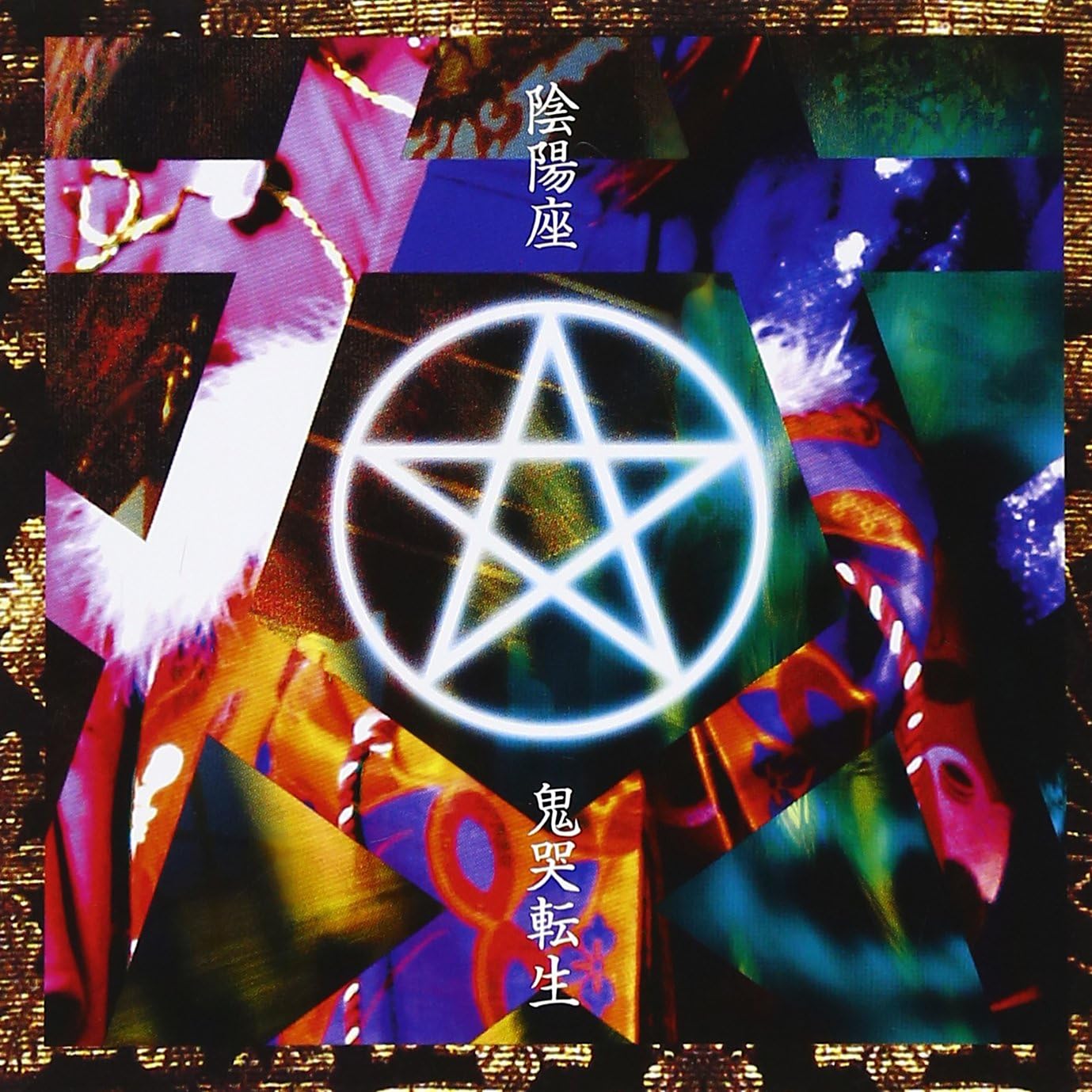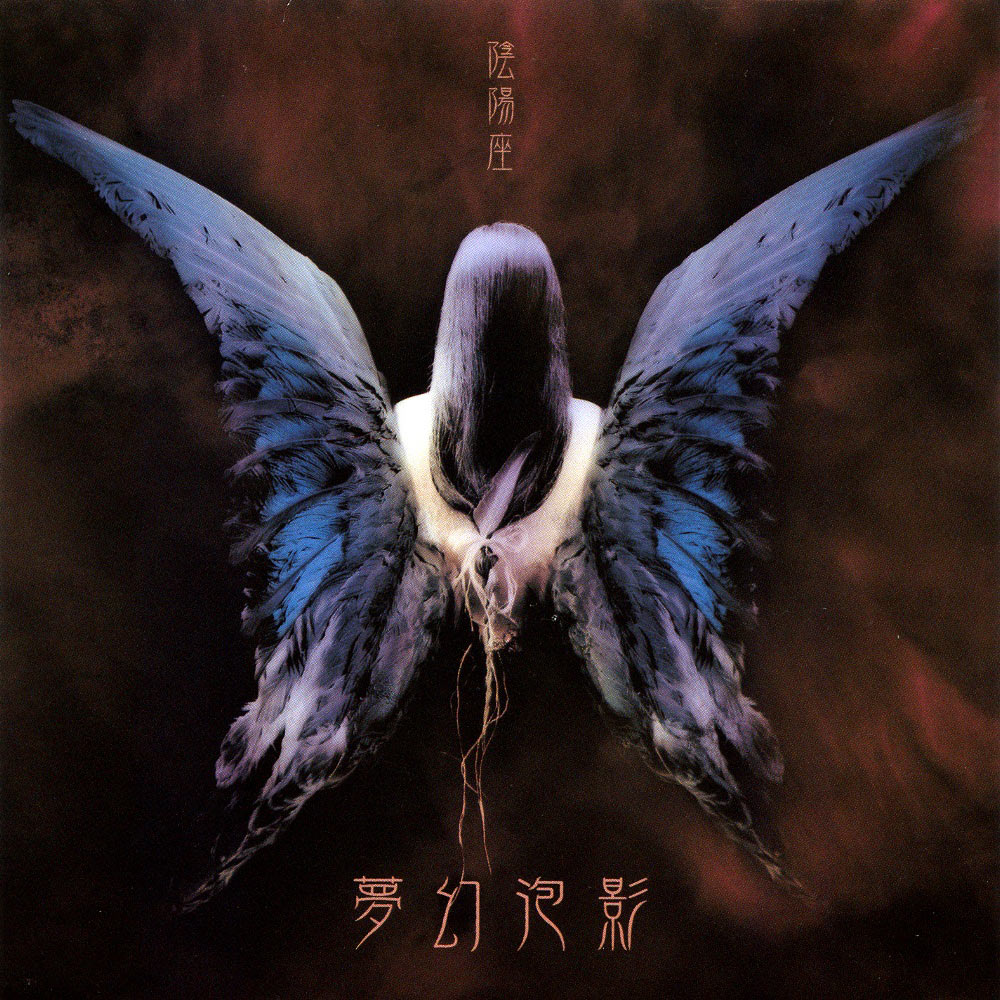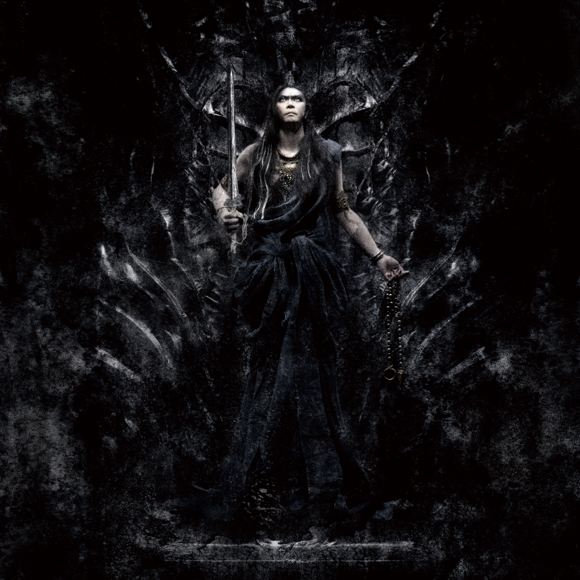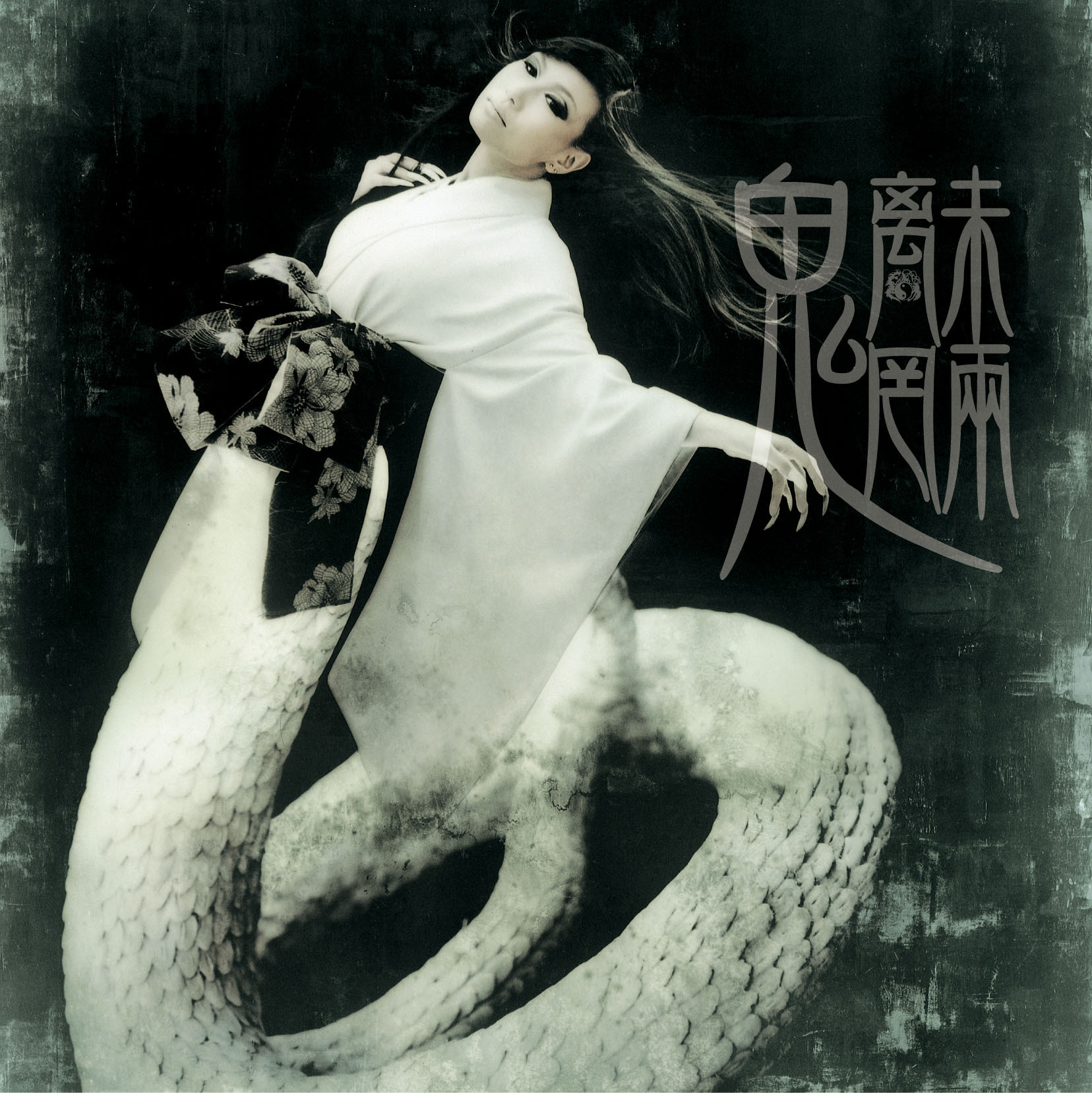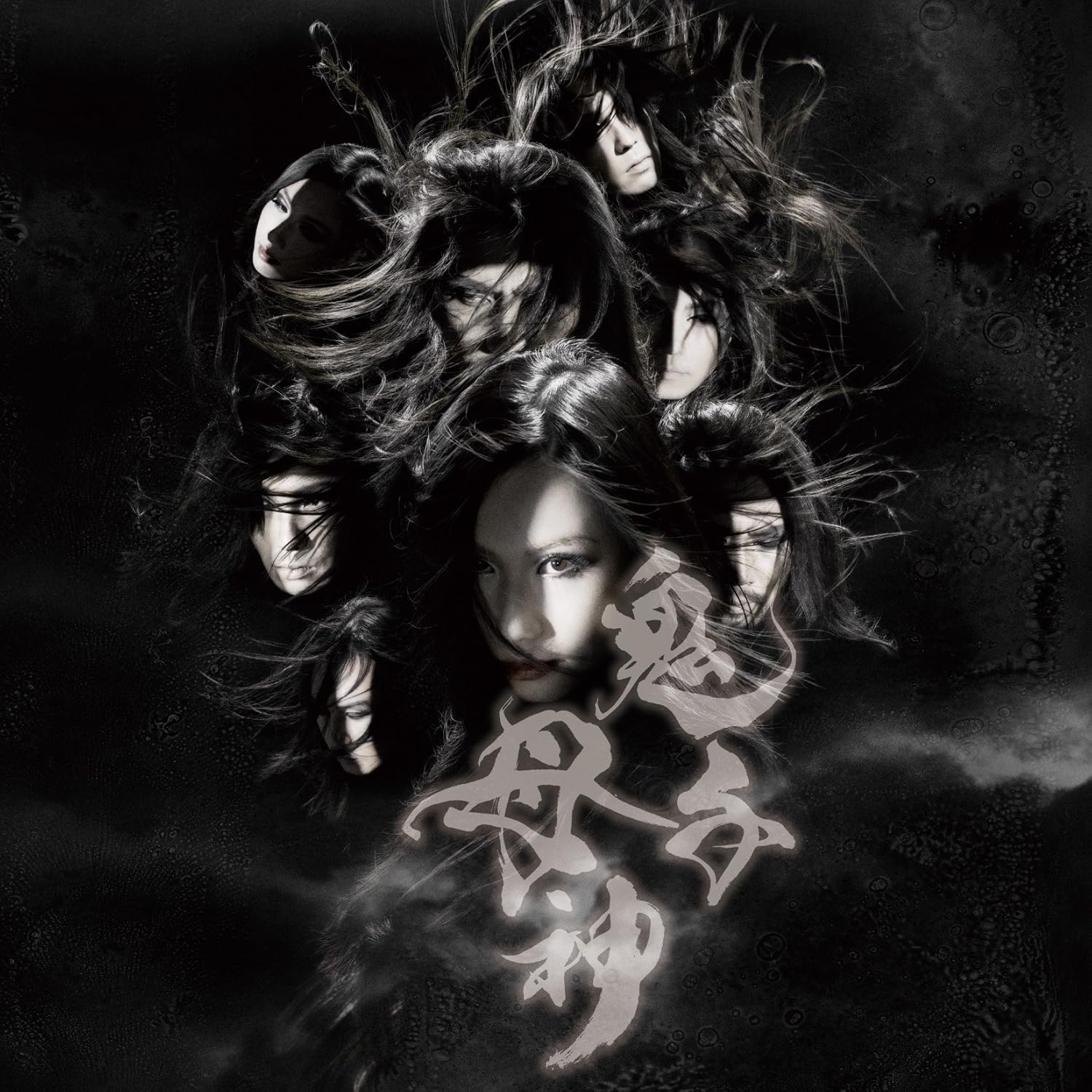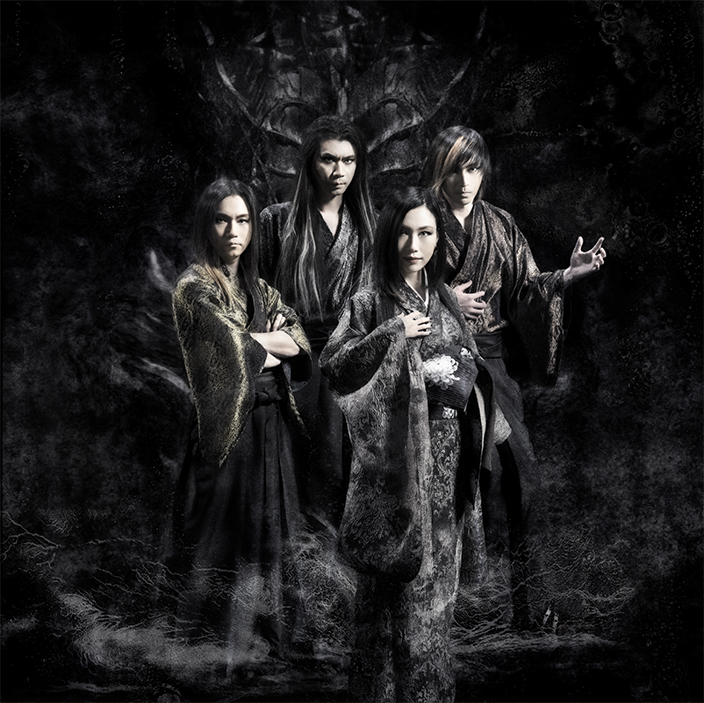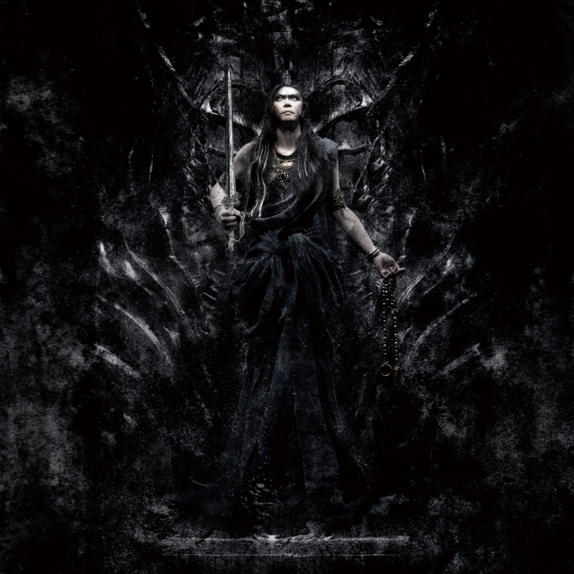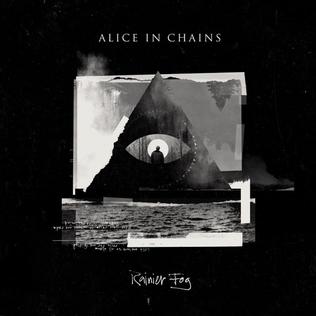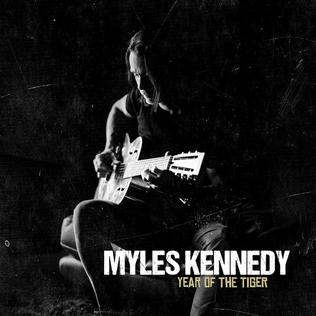Best of 2023: The Albums
As announced, my list of the best albums released in 2023 is a day early in order to fully devote January to Peruvian Metal Month, but that should not have any effect on the actual list. Once again, it wasn’t too difficult to fill the list with twenty titles. After the incredible year for new music that was 2022, I sort of expected the new release market to come crashing down the year after. But the differences were minimal. Especially bands that hadn’t released anything of note for a while managed to blow me away with their new albums.
Unlike most of my end-of-year list introductions, I don’t have much else to mention, so let’s dive straight into it:

1. Onmyo-za – Ryūō Dōji
Like with so many new Onmyo-za releases, I fell in love with ‘Ryūō Dōji’ the second I heard it. For a while, I thought my glasses were rose-tinted, because it is the first Onmyo-za album in nearly five years, but I just put it on again and it still gives me goosebumps. What more justification do I need to make ‘Ryūō Dōji’ my album of the year? Stylistically, the album feels like a bit of an anthology of all the directions Onmyo-za took through the years, with a slight focus on the tight, modern productions of the latter years. ‘Ryūō Dōji’ is nowhere near as heavy as ‘Hadō Myōō’ was, however. The vocal harmonies of Kuroneko and Matatabi are as beautiful as ever, while the hard rock and heavy metal riffs that dominate the album are simultaneously surprisingly familiar, yet always manage to find a surprising twist. A masterpiece.
Recommended tracks: ‘Nurarihyon’, ‘Gekka Ninpōchō’, ‘Shiramine’, ‘Karura’

2. Angra – Cycles of Pain
Somehow, I can’t get enough of proggy Angra. ‘Cycles of Pain’ is another piece of evidence that the Brazilian quintet never stops challenging itself. Unpredictable songwriting, huge power metal hooks, South American rhythms, virtuosic playing, gripping arrangements and no two songs sounding even remotely similar: ‘Cycles of Pain’ is simply everything I could have wished for. Fabio Lione also lays down his best vocal performance in a long, long time. People who would like to hear the more power metal side of the band should go to Edu Falaschi’s solo albums and ignore his godawful ballads. Those who like to hear an album that manages to surprise and improve with every single spin should stick with ‘Cycles of Pain’. Another masterpiece.
Recommended tracks: ‘Faithless Sanctuary’, ‘Generation Warriors’, ‘Dead Man on Display’

3. Vocifer – Jurupary
No, I’m not done praising Brazilian bands. Vocifer’s sophomore album ‘Jurupary’ took me completely by surprise. Their 2020 debut ‘Boiuna’ was fine, but how much their songwriting, arrangements and overall performances have improved since is just unbelievable. The foundation of their sound is a mildly proggy power metal, in which the way Vocifer makes dense, complex parts sound effortless, accessible and almost dreamy strongly reminded me of Labÿrinth. João Noleto’s smooth vocals and gorgeous melodies are enhanced by the fantastic songwriting, while the ever so subtle touches of Brazilian music increase the unique character of ‘Jurupary’. I honestly wish all melodic power metal was this good.
Recommended tracks: ‘Vanity in Disguise’, ‘The Voice of Light’, ‘We Are’, ‘Pleasure Paradise’
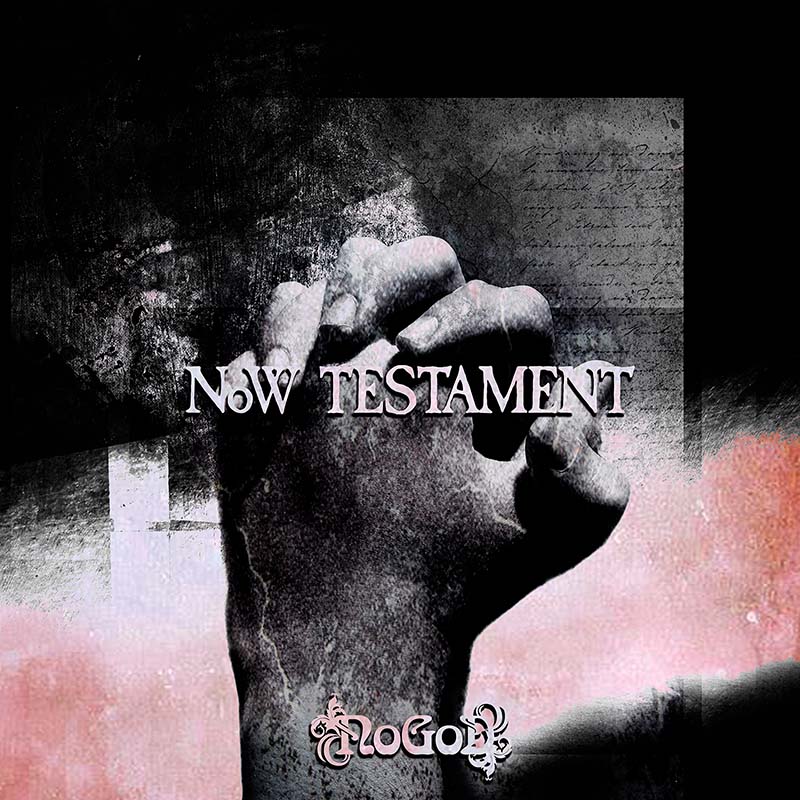
4. NoGoD – Now Testament
Another massive surprise, because I naively thought that Kyrie’s departure from NoGoD would mean that the band was finished. Instead, they released what is arguably their best album since ‘V’, and I may like ‘Now Testament’ even better. The songwriting on the album is just awesome. NoGoD excels at energetic hardrock songs with massive choruses, but ‘Now Testament’ ends up sounding surprisingly progressive at times – maybe the influence from bass monster hibiki joining the band? Dancho’s powerful, hyper-emotional vocals are at their very best as well, all accounting for an intensely enjoyable album that surpassed any expectation I may have had.
Recommended tracks: ‘What Do You Say’, ‘Mind’s Eye’, ‘Shikabane wo Koeteike’, ‘Genyaku Seisho’

5. OverKill – Scorched
My relationship with OverKill runs deep and has been going for several decades. They are the perfect band for such a relationship as well, as their output tends to be as dependable as it gets. You always know what an OverKill album will be like: uncomplicated thrash riffs with a modern production style, Sabbath-ish twists around the halfway marks of the songs and Bobby ‘Blitz’ Ellsworth’s high-pitched, raspy vocals never seem to lose any of their conviction. And while all of that is true for ‘Scorched’, it is also their most dynamic and organic-sounding album in ages. ‘Won’t Be Comin’ Back’ is the best OverKill song in well over a decade and it’s far from the only highlight on ‘Scorched’.
Recommended tracks: ‘Won’t Be Coming Back’, ‘Twist of the Wick’, ‘Know Her Name’
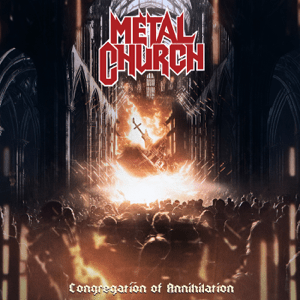
6. Metal Church – Congregation of Annihilation
Speaking of metal veterans with a well-established sound that manage to outdo themselves… ‘Congregation of Annihilation’ is far and away my favorite Metal Church album since their initial break-up in the mid-nineties. Sure, it’s notably more thrashy than the band usually sounds – no doubt helped by the vicious bite of newcomer Marc Lopes’ excellent raspy vocals – but that’s exactly the shot of adrenaline this band needed. Too many bands of Metal Church’s vintage aren’t encouraged to write great albums anymore, because they will only have to play two songs live and fill the rest of the live set with classics. Kurdt Vanderhoof was apparently having none of that and produced his best set of songs in decades.
Recommended tracks: ‘Making Monsters’, ‘Another Judgement Day’, ‘Say a Prayer with 7 Bullets’

7. Lovebites – Judgement Day
Bassist miho’s departure from Lovebites was a source of concern for me, as she tended to write my favorite songs. Fortunately, the highlights on ‘Judgement Day’ are as good as Lovebites can possibly be. It helps that the band is very well-aware of its own strengths: the spectacular guitar work by Midori and Miyako, plus Asami’s incredible, soulful vocals. ‘Judgement Day’ is full of power metal songs with hints of thrash metal, hardrock and traditional heavy metal. It might have even cracked my top 5 if it wasn’t for uninspired Lovebites-by-the-numbers songs like ‘Wicked Witch’ and ‘Stand and Deliver (Shoot ‘Em Down)’, but ‘Judgement Day’ is good as it is.
Recommended tracks: ‘We Are the Resurrection’, ‘Soldier Stands Solitarily’, ‘Lost in the Garden’

8. Ningen Isu – Shikisokuzekū
Another dependable band that ocasionally transcends itself. And that is exactly what Ningen Isu does on ‘Shikisokuzekū’. For all its Japanese lyrics and references to the country’s myths and legends, Ningen Isu is a British-style power trio first and foremost. All the Sabbath-inspired riffs and the songwriting that takes more than a few hints from the likes of Budgie, Rush and latter-day Led Zeppelin are still here, but Ningen Isu’s willingness to be more than just a seventies band is what makes ‘Shikisokuzekū’ an above average album for them. Especially the bookending tracks are timeless works of heavy metal genius, but there is more than enough to enjoy in the intervening hour or so as well.
Recommended tracks: ‘Shide no Tajibi no Monogatari’, ‘Saraba Sekai’, ‘Ikiru’

9. Insomnium – Anno 1696
Something about that typically Finnish blend of melodic death metal, doom metal and subtle folky touches just works for me. And Insomnium is the band that, in my opinion, does it best. They are hardly the most intricate or technically dazzling of the scene, but they can create an atmosphere and there is incredible beauty in even their most aggressive sections. The melancholic atmosphere of ‘Anno 1696’ just comes flooding over and refuses to leave until the album is over. For some reason, ‘Anno 1696’ needed more time than Insomnium albums usually need to sink in, but it truly is one of their greatest works yet.
Recommended tracks: ‘Godforsaken’, ‘Lilian’, ‘The Rapids’

10. Arjen Lucassen’s Supersonic Revolution – Golden Age of Music
With his tongue planted firmly in his cheek, Arjen Lucassen set out to honor his heroes from the seventies. The results are something I happen to enjoy a lot more than his rock operas. It helps that he has one incredible singer in John ‘JayCee’ Cuijpers rather than a multitude of varying quality. Cuijpers’ powerful, rough-edged hardrock voice and incredible range are exactly what ‘Golden Age of Music’ demands. The seventies rock songs with modern metal rhythm guitars just exude joy, energy and a lack of the pretense that I think undermines some Ayreon releases. This was a hobby project gone out of hand, so let’s hope there will be a follow-up in the future.
Recommended tracks: ‘Holy Holy Ground’, ‘Odyssey’, ‘Burn It Down’, ‘Golden Boy’

11. Malón – Oscuro Plan del Poder
For a while, I thought that Malón had used up all their great ideas on their first two albums. Which is fine, some bands don’t even get to two great albums, but I am more than glad that ‘Oscuro Plan del Poder’ proves me wrong. This is the first album of the Argentines in eight years and their best since the mid-nineties. Although ‘Oscuro Plan del Poder’ is not quite as thrashy as their first two albums, I actually think Malón does a great job by going for a more contemporary heavy metal sound not too far removed from Accept’s recent output here. Every riff sounds powerful and Claudio O’Connor’s high-pitched, scratchy voice fits this material perfectly.
Recommended tracks: ‘Pacto Pesado’, ‘Ancho Falso’, ‘La Soledad del Miedo’

12. Vuma Levin – The Past Is Unpredictable, Only the Future Is Certain
One reason why Vuma Levin is one of the most interesting modern jazz guitarists for me is his strong focus on compositions rather than just improvisation. This is brought to the next level on ‘The Past Is Unpredictable, Only the Future Is Certain’. Despite a handful of solos, Levin’s guitar is really just one of the many colors on his palette to paint his picture of modern jazz, traditional African sounds and subtle touches of classical music. The album is full of awesome grooves, while it manages to stay exciting and unpredictable (no pun intended, I swear) all the way through.
Recommended tracks: ‘Rites’, ‘Yaka Yaka’, ‘Guima’
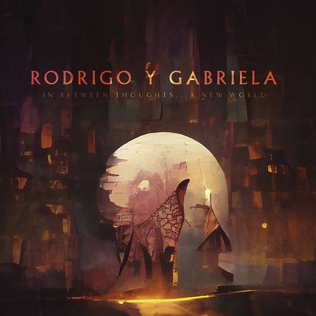
13. Rodrigo y Gabriela – In Between Thoughts… A New World
What do you do when you have explored all the extremes of what is possible within instrumental acoustic guitar music? You add electric guitars, of course! While Gabriela Quintero still provides the familiar powerful acoustic rhythm guitars with pronounced percussive effects – she truly is one of the underrated guitar heroes of our time – Rodrigo Sánchez barely touches any acoustics on ‘In Between Thoughts… A New World’. The album is also full of extra layers of synthesizers, effects and live strings, creating an immersive, cinematic listening experience that I don’t think anyone could have predicted when the Mexican duo released their first couple of albums.
Recommended tracks: ‘Finding Myself Leads Me to You’, ‘Seeking Unreality’, ‘Broken Rage’

14. Cannibal Corpse – Chaos Horrific
Cannibal Corpse’s last album ‘Violence Unimagined’ was very underwhelming to me. I missed Pat O’Brien’s songwriting – and to be honest, I still kind of do – and I think only Rob Barrett picked up the slack. ‘Chaos Horrific’ shows a unit far more comfortable working with each other after the crazy departure of O’Brien. As for everything else… It’s a Cannibal Corpse album full of blunt death metal, so everything is going to depend on the quality of the riffs. Fortunately, ‘Chaos Horrific’ has the some of the best Cannibal Corpse riffs since ‘Kill’. The overall thrashing vibe of the album really makes it an above average album for the death metal veterans.
Recommended tracks: ‘Vengeful Invasion’, ‘Frenzied Feeding’, ‘Fracture and Refracture’

15. Foo Fighters – But Here We Are
The most remarkable thing about the Foo Fighters’ eleventh studio album ‘But Here We Are’ is how hopeful and optimistic it sounds overall. Sure, the Foo Fighters were never exactly the darkest band of the American rock scene, but this is their first album since the untimely tragic death of drummer Taylor Hawkins, so its relatively upbeat nature took me by surprise. People who enjoyed the band’s earlier work know what to expect: loud guitar pop songs that sound like they could have come from any given decade with larger than life melodic hooks and an excellent use of dynamics in the songwriting department. In a way, this is the sound of a band re-establishing itself. Dave Grohl and his men do it with gusto.
Recommended tracks: ‘The Teacher’, ‘Rescued’, ‘Hearing Voices’, ‘Nothing at All’

16. Robin Trower feat. Sari Schorr – Joyful Sky
Despite writing for a fairly high-profile guitar magazine, it wasn’t Robin Trower who drew me towards ‘Joyful Sky’. It was Sari Schorr, one of the greatest rock, blues and soul singers of the world right now who – along the incredible Dana Fuchs – deserves to be mentioned alongside Beth Hart far more often. ‘Joyful Sky’ isn’t just a Robin Trower album that Schorr guests on either. The material was clearly written with Schorr’s voice in mind, taking a slightly more R&B-ish direction. Schorr has no trouble enhancing Trower’s dark, shimmering grooves with her powerful vocals, though she does get to show a few colors that may not be all that common on her solo albums. An excellent collaboration, and hopefully not the last time these two work together.
Recommended tracks: ‘Peace of Mind’, ‘The Distance’, ‘Flatter to Deceive’

17. Lynch. – Reborn
Full disclosure: I have never enjoyed a Lynch. album as much as I enjoyed ‘Reborn’. Singer Hazuki’s voice and charisma have always made Lynch. an above average J-rock band for me, but extensively involving every band member in the songwriting process – formerly Hazuki’s duty almost exclusively – has really been the right move for the band. It has resulted in a pleasantly varied album that is a bit lighter on the nu-metal and metalcore leanings than Lynch. usually is. Instead, the band has crafted a handful of excellent, vaguely gothic alternative rock songs that leave a lot of space for Hazuki’s warm, pleasant baritone. Let’s hope this will remain the band’s modus operandi.
Recommended tracks: ‘Pragma’, ‘The Forbidden Door’, ‘Eclipse’, ‘Sink’

18. Anthem – Crimson & Jet Black
If uncomplicated traditional heavy metal is your thing, there aren’t many bands more reliable than Anthem these days. What makes ‘Crimson & Jet Black’ such a good album is that it doesn’t try to be more than that. Imagine Accept or Judas Priest, but with even fewer frills, although the production and guitar arrangements do sometimes have some nifty power metal twists to them. The songwriting on ‘Crimson & Jet Black’ is excellent as well, with memorable hooks for days and strong performances by everyone involved – including the aging, but still incredibly powerful vocal cords of Yukio Morikawa. I might have placed it even higher if it didn’t end with two remakes, one of which of a not particularly thrilling track.
Recommended tracks: ‘Faster’, ‘Blood Brothers’, ‘Howling Days’

19. Vandenberg – Sin
Adrian Vandenberg and Mats Levén working together? Yes, please! It was a match everyone in their right mind knew would work, because Levén’s voice occupies the same space between hard rock and heavy metal that Vandenberg’s songwriting does. ‘Sin’ is both a continuation of and a step up from ‘2020’. Vandenberg continues writing some of the heaviest riffs he has ever come up with, but the hooks are better and the rhythms beefier. What’s weird is that Vandenberg really doesn’t do that much different than when he was touring arenas with Whitesnake in the late eighties and early nineties, but it doesn’t sound the slightest bit dated. Must be the mark of timeless rock music.
Recommended tracks: ‘Hit the Ground Running’, ‘Out of the Shadows’, ‘Sin’

20. Peter Gabriel – i/o
It always amuses me when artists work on an album for a really long time – nearly two decades in this case – and the results sound more or less exactly like one would have expected if they came out much earlier. The harshest thing I can say about ‘i/o’ is that it’s Peter Gabriel being Peter Gabriel. Overall, it sounds a bit more subtle and low-key than ‘Up’, but it’s still Gabriel in all of his carefully crafted, dense art pop glory. While I wish he would have just released the album with the most suitable of the two available mixes for every track – because in most cases there is one – ‘i/o’ is another creative triumph by an artist who consistently and stubbornly refuses to take the easy way out.
Recommended tracks: ‘Love Can Heal’, ‘The Court’, ‘Panopticom’, ‘So Much’



